Garlic Mustard (Alliaria petiolata)
Garlic Mustard belongs to the mustard family or Brassicaceae and emit a flavor very similar to the true garlic when it is crushed. This biennial is also known by several other names like garlic-wort, hedge-garlic, jack-by-the-hedge, jack-in-the-bush, sauce-alone, garlic root, poor-man’s-mustard and mustard root. The plant can reproduce on its own because it is self-fertile.
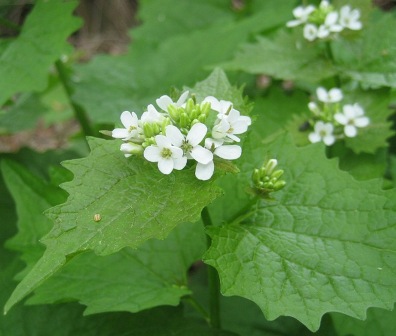
Garlic Mustard (Alliaria petiolata)
Table Of Content
Look Alike
Many native plants look similar to this plant. Some of them are sweet cicely, toothwarts and early saxifrage. Only difference between them is the smell which is emitted on crushing it.
Scientific Name
Alliaria petiolata is the scientific name of this plant.
Description and Identification
Some of the features which will help in its identification are:
Height
The plants grow to a height of 100 cm, seldom growing more than 125 cm.
Leaves
Leaves are circular and look like clumps in the first year when it is grown but change gradually growing about to a size of 15 cm in length. They become triangular and are arranged in alternate manner on maturity.
Flowers
White flowers bloom in clusters by spring in the second year of growth. On growing further, they attain an elongated form. It is composed of four white petals.
Fruits
Fruits are long and slim containing pods that are 5 cm in length. These are known as silique. They ripen between the months of June and September.
Seeds
Seeds are black and glossy. More than a hundred seeds can be produced by a single plant which can stretch across a huge area.
Taste
It tastes like garlic but with a tinge of bitterness.
Distribution
This plant is extensively found in Europe, its native place, barring the extreme southern range. In the north of America, it spreads across British Columbia, Oregon, Washignton, continuing up to South Dakota. It is treated as an invasive plant spreading to Virginia’s southern ends along with Canada, Nebraska and towards the west in Kansas. Apart from that, it is also
cultivated in Sri Lanka, India as well as Africa (north).
Habitats
It grows in varied habitats. Open woodlands, hedges and disturbed forests are its primary habitats in Europe whereas in North America, it grows in deciduous forests. Southern Ontario along with Midwestern United States also has prevalence of this plant. It is considered to be one of the major invasive species in Canada. Basically, it can be seen growing closer to water sources like rivers and streams.
History
Originally it belongs to Europe but probably it was introduced by colonialists from Eurasia to some parts of America and it gradually spread rapidly at a fast rate every year to other parts of America. It had several implications as a medicinal plant apart from culinary field.
Life cycle
It has a 2 year life cycle in which germination of seeds take place in spring and by the next year flowers bloom on it. After the dispersal of seeds the plant dies, but from the hundreds of seeds again germination takes place after a gap of almost 2 years.
Growing Conditions
It does not favor a particular type of soil but for best results well drained soil, slightly moist can be provided. It cannot grow in extremely acidic soils. It grows best in partial sun though it can survive in full sun as well.
Is garlic Mustard Edible?
Leaves as well as the plant’s roots are edible. Hence they are effectively used in a number fo culinary purposes.
Health Benefits
Some health benefits which can be derived from it are:
- It can be used for stimulating appetite and inducing hunger which is often affected due to internal illness.
- It can be effective for keeping respiratory problems in check.
Recipes
Garlic Mustard Pesto is one popular recipe which makes use of olive oil, Parmesan cheese and nuts for imparting a great flavor and taste to it. Garlic Mustard and Spinach Raviolis with Garlic Mustard Pesto is also popular along with Garlic Mustard in Lemon Sauce. It can be prepared with chicken as well.
Uses
Culinary uses
- Leaves of this plant can be used in making soups and stews.
- It can be used as a stuffing in snacks.
- Often chopped leaves of this plant are added to salads for imparting a mild aroma in them.
- Its nutritious leaves can be stir fried along with other vegetables for a healthy side dish.
- It is used in France for seasoning food items.
- A very distinct sauce is made from this herb in Europe.
Medicinal uses
Though very less is known about its application in herbal medicine, some instances are not uncommon.
- As records suggest, it was used for treating wounds and gangrenes.
- Seeds of this plant might play some role to induce sneezing.
- On some bacteria, the juice of this plant might be very powerful.
- For bronchitis symptoms, oil heated with extracts of the roots can be applied on the chest.
- Leaves have been consumed to bring relief to congested chest and eczema.
- Stem and leaves have been used for their antiseptic, anti-scorbutic and deobstruent properties.
- For relieving skin irritations and insect bites, these leaves might be beneficial.
Other uses
- For preventing soil erosion, these plants are very useful.
- For obtaining a yellow colored dye, this plant has been used.
- They can repel insects by emitting garlic like smell.
Garlic Mustard Invasive Species
It is notorious in present times for invading areas where native plants grow and finally displace them. One primary reason for it is the edibility of this plant among the creatures living in those habitats. The production of glucosinolates and flavonoids apart from some more secondary compounds are responsible for decreasing its viability among the grass-eating animals. It is toxic to certain invertebrates and plants which have declined over the years in the habitats they grow.
From nature’s garden, garlic mustard is one such herb which is consumed as leafy vegetables. It might cause allergic reactions while you are handling it, so be careful.
Pictures
Here are some images of Garlic Mustard.
Reference:
https://hyg.ipm.illinois.edu/pastpest/199806e.html
https://www.ontarioinvasiveplants.ca/wp-content/uploads/2016/07/OIPC_BMP_GarlicMustard.pdf
https://freakofnatural.com/garlic-mustard/
http://www.columbia.edu/itc/cerc/danoff-burg/invasion_bio/inv_spp_summ/Alliaria_petiolata.html
http://www.pfaf.org/user/Plant.aspx?LatinName=Alliaria+petiolata
- by Jaysmita Sarkar
- December 12th 2012

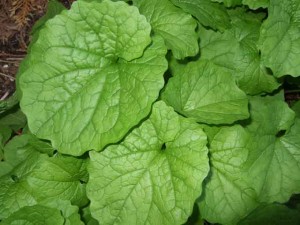
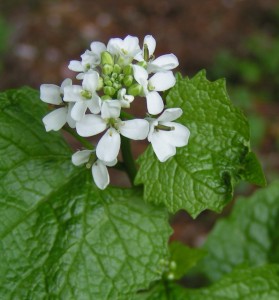
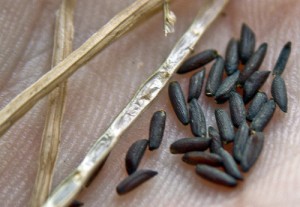
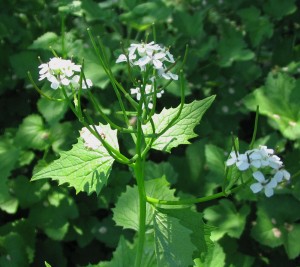
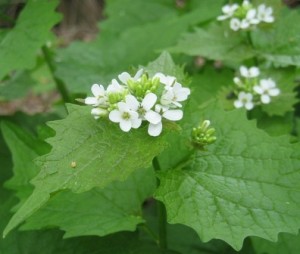
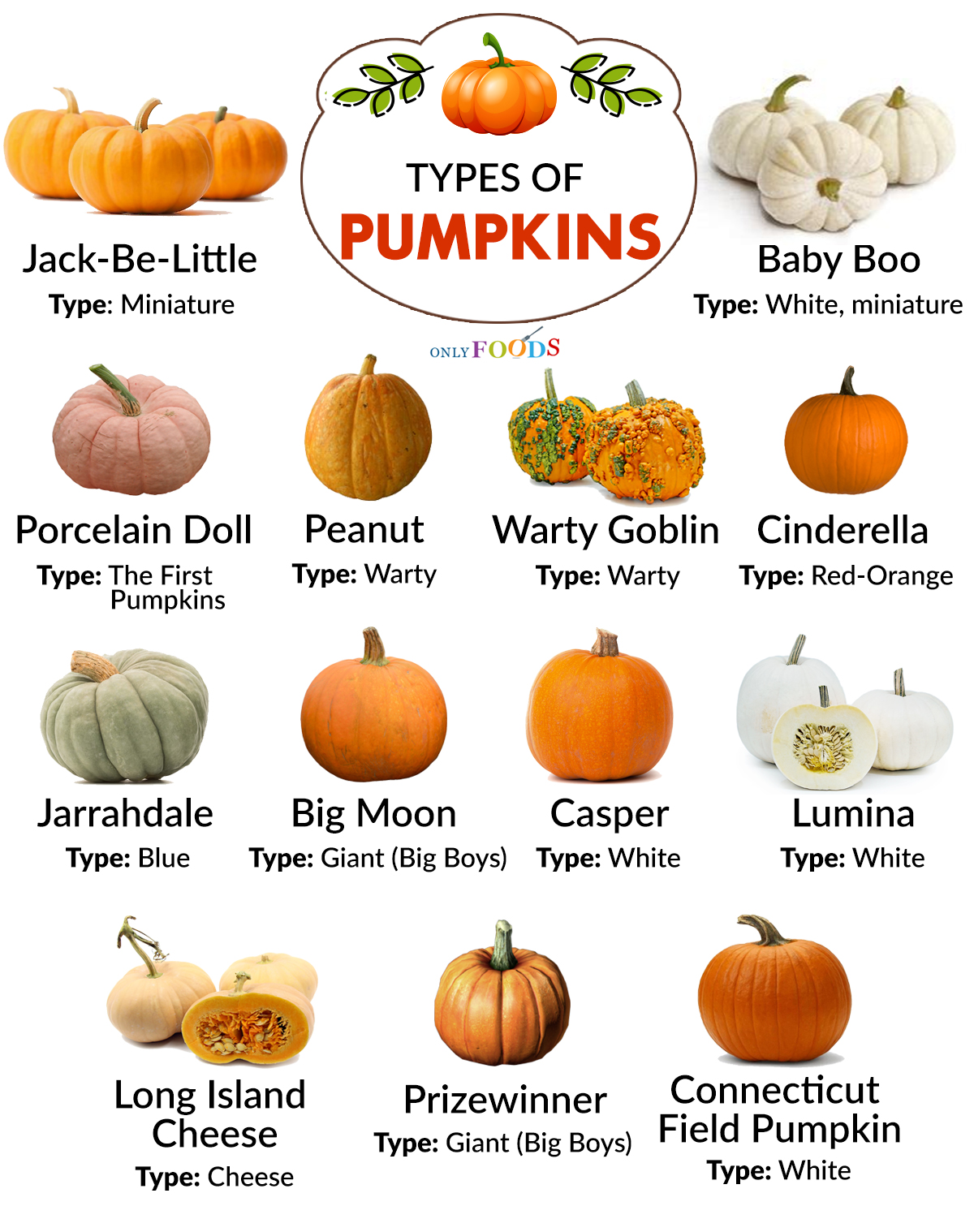
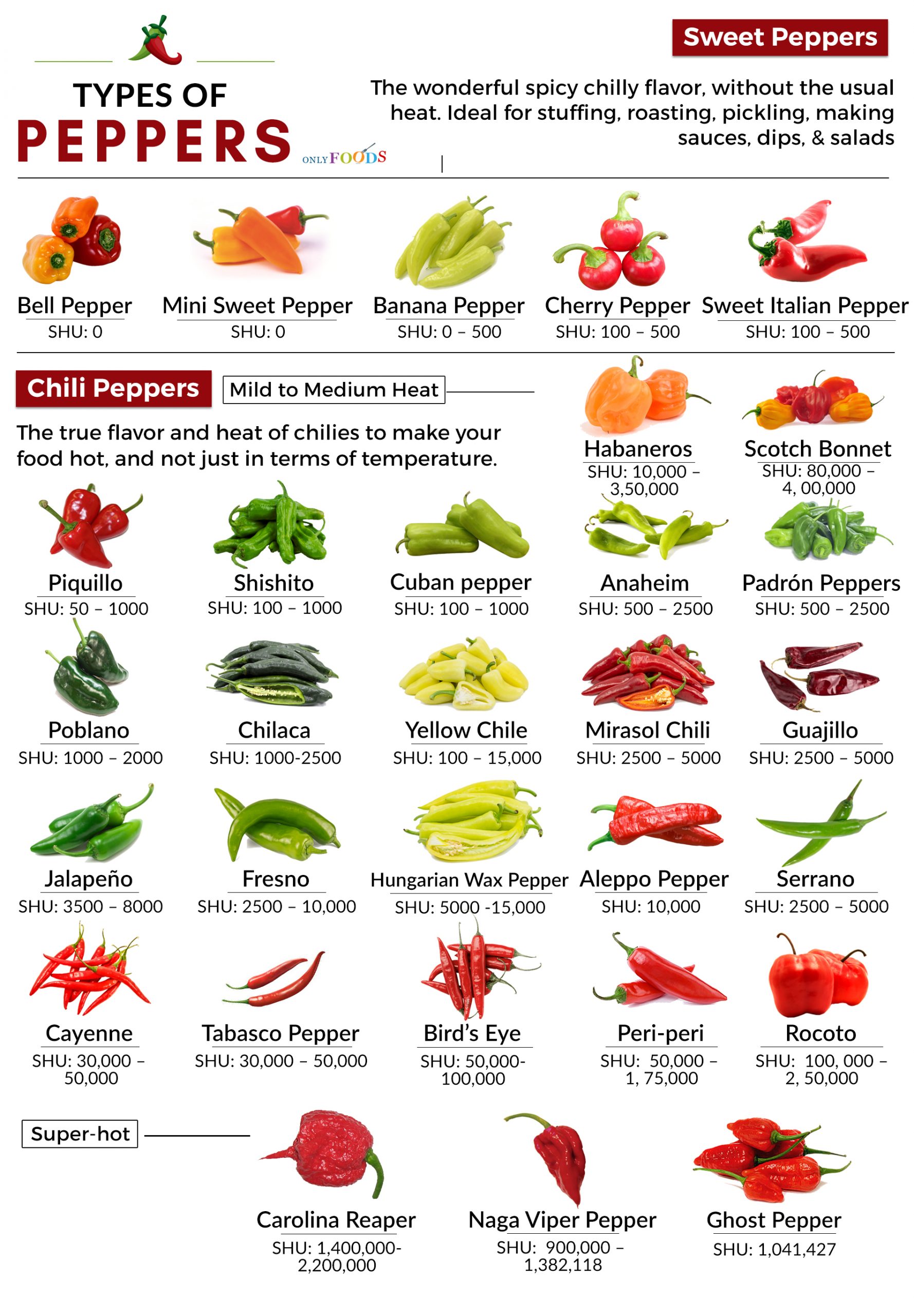
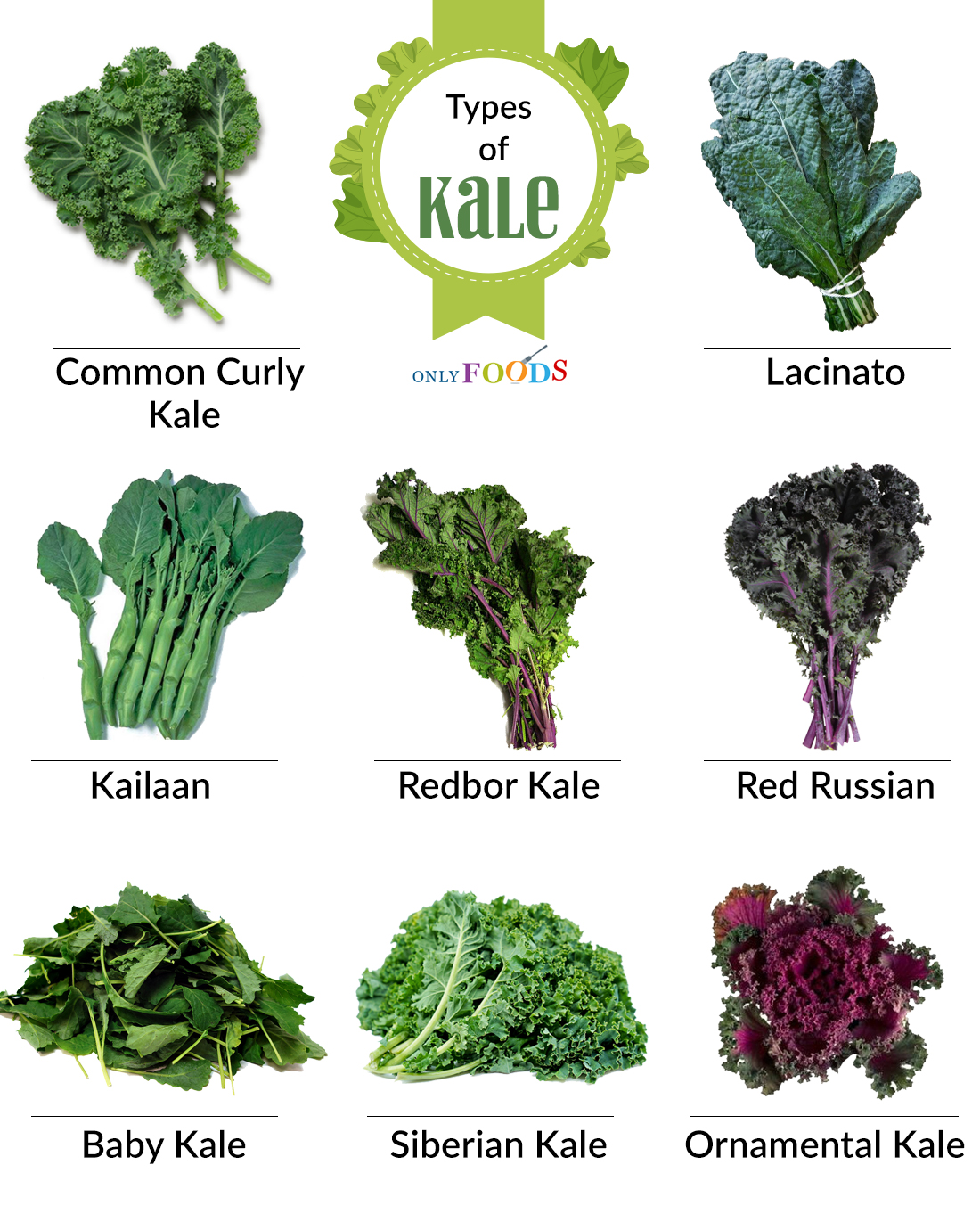
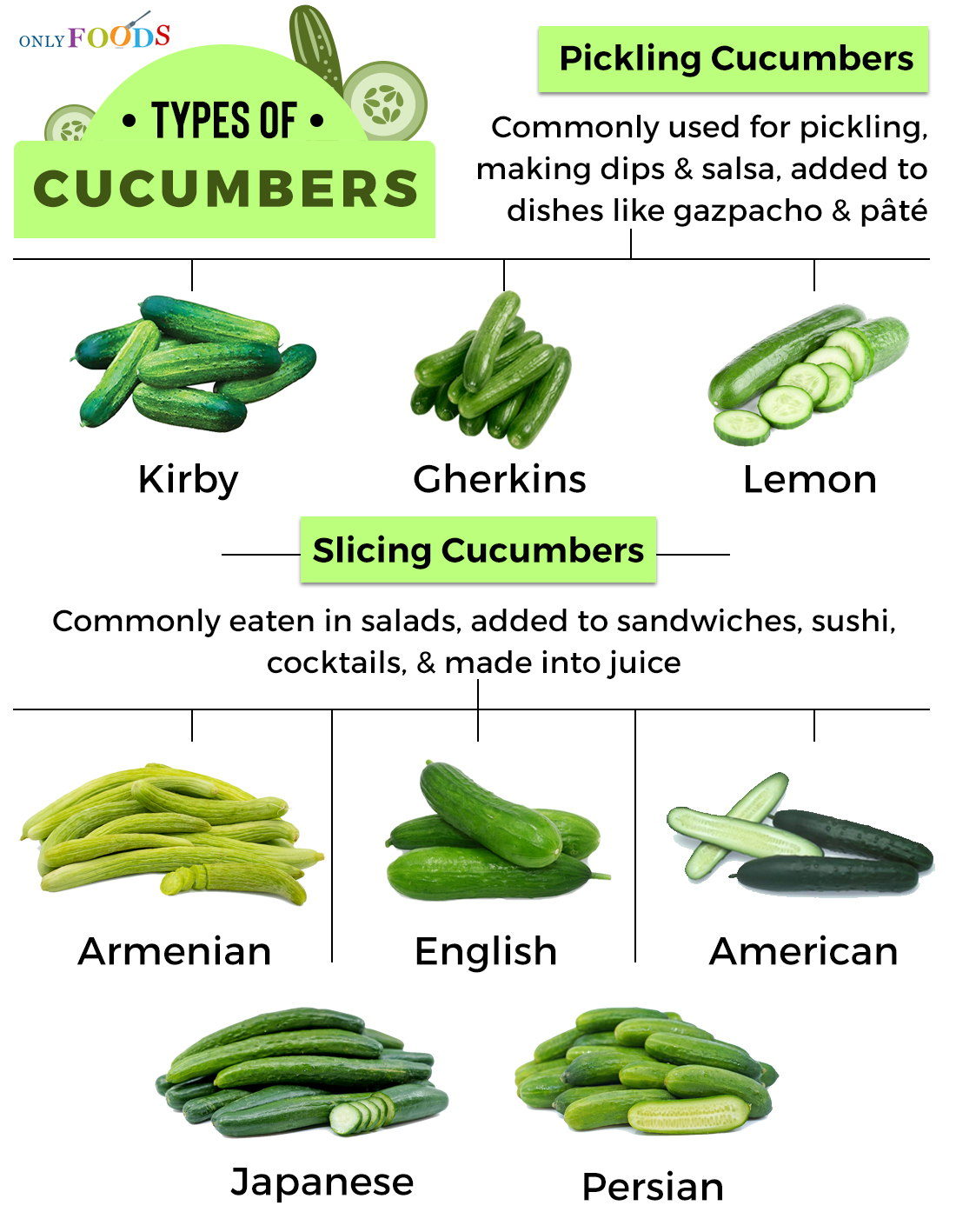
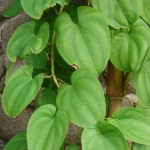
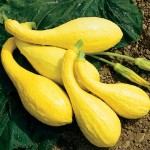
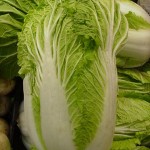
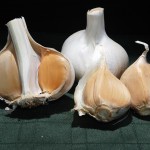
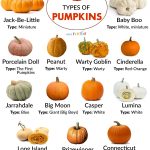
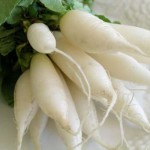
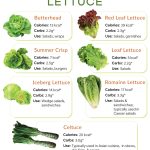
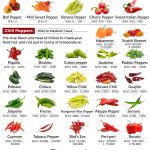
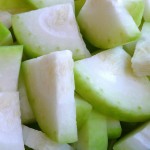
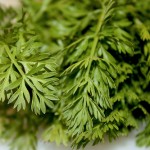





Leave a Reply